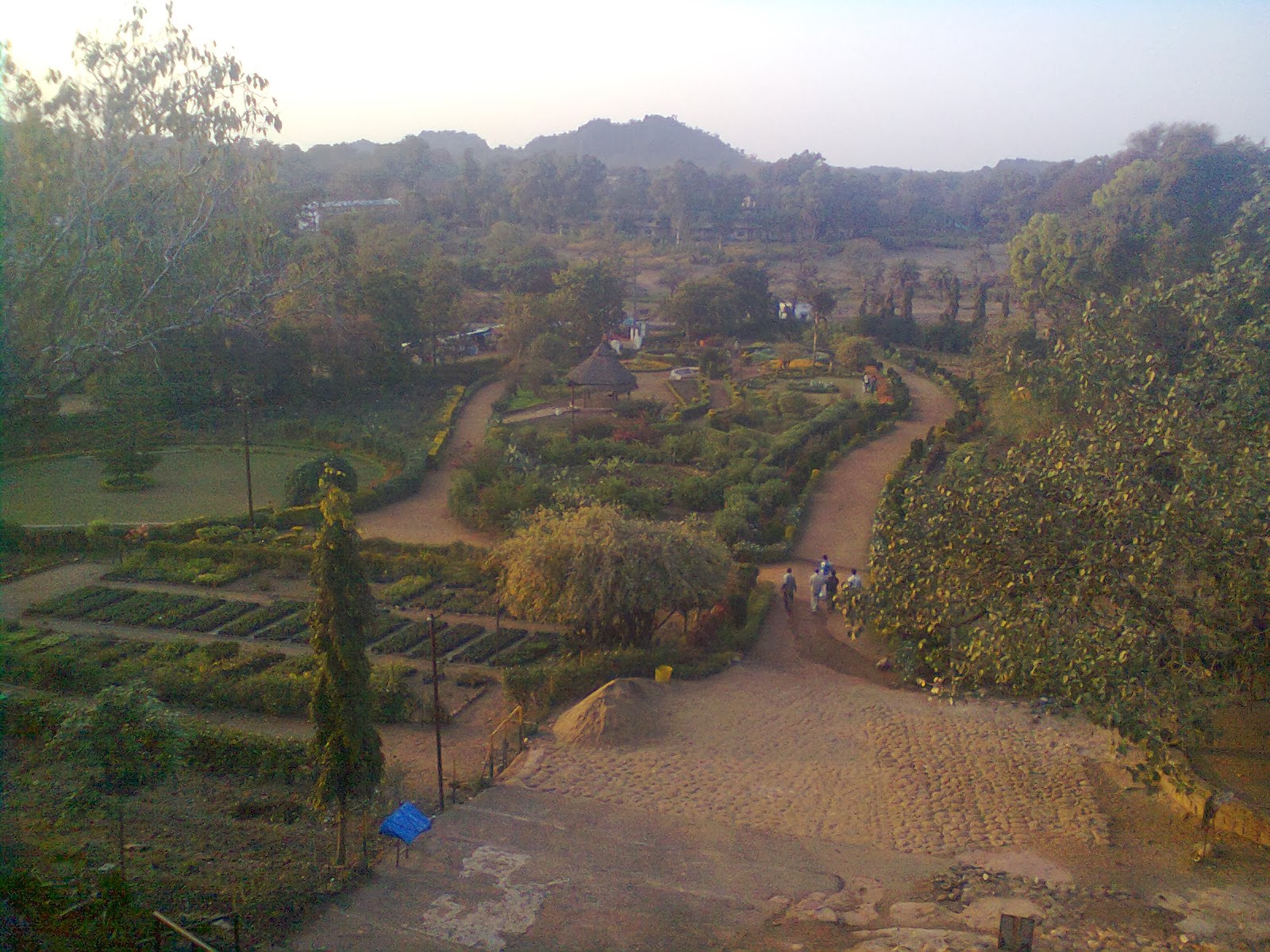Kindly share few of my thoughts if you could spare some of your valuable time.
1.No noble thought is valuable and useful till we have will to implement it and have followed up process for its efficiency.
2.An important thought is not important till it emerges from an important source.
3. I never write for publication , just for sharing my thoughts with intellectuals as well as with lay man. Both of them have brain and mind. The difference is only that an educated person have an skill of articulation of words. So, one should not under estimate a common man rather we may extract inputs from them.
Kindly give your comments on my observation, which is as under:
Education Reforms and Economic Development:
NRI Industrialist and intellectual Dr.Swarj Paul had very rightly pointed out that if India wants to maintain its momentum of economic growth and ensure that the benefits of it reached all Indians, then change and reforms in the overall educational system is essential. Why reforms in Educational system are essential in present Educational System in India is itself a very pertinent question, which needs proper scrutiny so that the remedial process could be easier? As per my perception the recruitment of teachers of good merits with moral values is the beginning point. The recruitment process should be away from the political influence, which is very much involved in our system. Education and Educational system should be kept away from the dirty and harmful politics, which leads corruption in this noble field too. So, at the time of selection of teachers the moral and ethical values of a candidate is as important as his academic qualification. Teachers / Educationists are the source who prepare the next generation to make them capable to bear the responsibility of the nation building on their shoulders in future. And this cannot be done / implemented till we prepare Electoral Reform Bill and get it passed from the parliament to give it a shape of Law and include it as an amendment in our Constitution.
Secondly an increasing trend of index of overall economic growth of India is good but it would be pleasant if it ensures that the benefits are reaching to all Indians and that is not possible till the formula of Education of Equal Standard through out the country is not implemented. Only a limited segment who can afford and/or have linkages and sources are getting the benefits of present educational system and rest of the people even in metropolitan city are not getting equal standard of education for their children. It is varying with respect to the standard/status of school/institution to school/Institution. The disparity may be observed among the teaching quality of teachers of same subject in these schools. The success of a child to get good education is dependent on economic background and/or linkages of his parents. There is no need of Reservation quota what is needed to be done by the Government is to implement Education of Equal standard irrespective of the language as a medium of giving knowledge to children. If the availability of such education is available the fighting of reservation would dissolve itself.
Certainly there should be some courses attached with the education programme, which may equip the students for employment. And this process should be given attention by the Government just after the basic education i.e. from VI th standard the skill based knowledge should be started to be given to the students in school. There is difference between skill to be given to a child and child labour. For example we may study on the following suggestion and find some strategy to form base to get some solution to face needs and demands of students for modern and relevant educational programmes that will equip them for employment and the challenges of the New India and a globalised world and its economy.
These thoughts may also be useful for the mediocre students of even economically sound section of the society.>
“1.From V Class to VIII Class children should be engaged on last day of every week in doing some handicraft work of their liking (or a syllabus may be formed) under the supervision of a trained teacher. The product / item should have its market. For example Binding Cloth, candle making, etc. After training of few months a child can learn it. Most of the dropouts usually are found in this group on account of their lack in interest in the studies and above all the economic conditions. If they get some skill to earn their minimum requirements the dropouts may be overcome. The item prepared by them may be sold/ handed over to the NGOs to find out its market. The profit earned on it may be distributed among the children…..
2.Similarly after Class VIII, the students of IX to XII may be given some professional training once a week (preferably last day of the week-full day) by the skilled persons engaged in some cottage industry. In this manner children will enjoy their last day of the week and this will be a good change for them and they will give more attention on their study. In this context the industrialists of the surrounding area may be requested to provide their assistance. After getting theoretical knowledge for few months they may be permitted by the school to go to the factory once a week for practical training/ and in summer vocations to do paid work at the work place. The cottage / small scale industrialist may be happy to give advance training to more talented children and in anticipation of getting some trained work force out of them in due course, instead of employing a raw hand. Above all the main objective of the study should not be lost. However it needs brain storming by the economists, sociologists and Educational-psychologist for reaching to the right conclusion and to chalk out some plan in action. The pivotal role will be of school management at the time of implementation of it. “
(V N Sondhi)
05.04.2007
Kindly share few of my thoughts on the theme mentioned below:
‘Diversity, Marginalisation and Equal opportunity: Democratising the Opportunity space in India’
1.Education of Equal Standard (irrespective of medium of language) through out the country will lead to develop competitive aptitude among all irrespective of class, cast, religion, region-village, tribal area or town and city. This will lead towards the homogeneous environment of social development where Reservation formula has no space.
2.Mushrooming of Privatisation of Education is increasing the disparity in the different section/class of the society as well as creating differences in the learning/knowledge among the children of different class of the society. Education should be the full responsibility of the Govt. Donations to the Govt. from the private bodies to improve the infrastructure of Education should always be welcomed. Commercialistion of Education to make it as Education Industry is creating another type of disparity in our society.
3.Parents should start at the first instance to provide equal rights/opportunity between their girl child and male child. {The question of dowry will stop itself and so the killing of girl child before birth/after birth will stop.}
4.Equal standard of measurements should be adopted for Govt. servants and politicians both as and when any allegation is imposed on them. Electoral Reform is the need of our present democracy to fulfill the objective of the subject mentioned above.
V N Sondhi
Presently our system is being run as per diag. mentioned below which needs overhauling through Electoral Reforms.


 Business Houses
Business Houses
Bureaucrats
>>>3p
+>1p
-<1p
Opposition >>2p
Ruling Party /s>>>>>5p
-<1p or >1p













